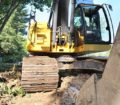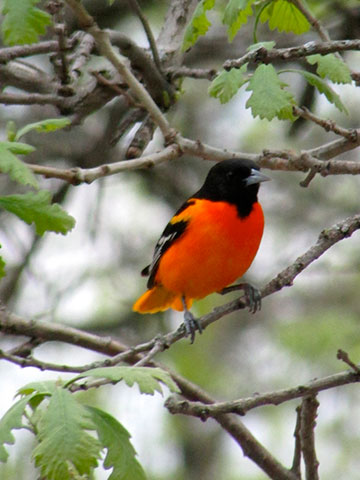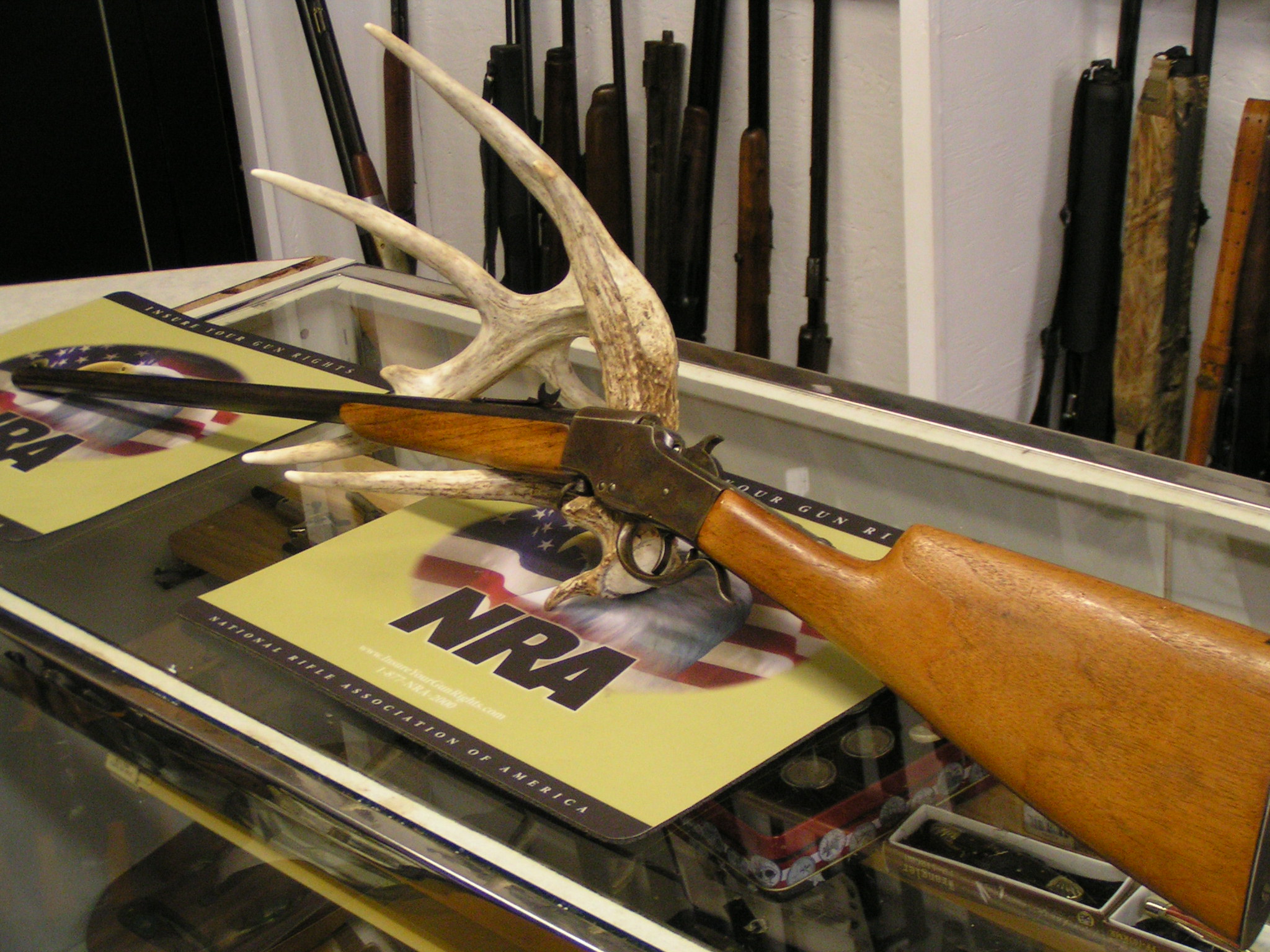by Taylor Maas
The highs of hunting are some of the highest, and that’s what keeps many sportsmen coming back. Hunt long enough and you’ll eventually experience some lows. A few years ago, I was lucky and unlucky enough to experience both.
Eleven days into October I found myself within bow range of my top hit list buck on the farm I was hunting. Shortly thereafter, I was examining a bloody arrow experiencing one of the aforementioned highs hunting provides. Later that night I wondered if I would be sleeping again anytime soon.
After blood trailing the buck roughly 250 yards, the trail ran cold after reaching the edge of a dry creek. Based on the amount of blood I had been following, I left the woods that night feeling optimistic I’d be able to find him close by the next morning.
The next morning, at first light, five of us resumed the search. No additional blood was found and after a few hours of grid searching I reluctantly headed in to work. I feared that because of the high temps, even if I was able to find the buck later that night the meat would almost certainly be tainted.
Later that evening I was able to find the buck about 300 yards from last blood and within about 75 yards of where the nearest person had walked that morning. It was a bittersweet moment. I was obviously very happy to tag the buck but as I had feared, I was unable to salvage the meat.
I can’t help but wonder how this hunt could have ended differently. During our search, we didn’t find a single bed between where the shot was made and where the buck was located around 550 yards away. Based on the smell when we found him it would seem likely he had been dead for some time, I presume sometime shortly after the shot the evening before. This gives me some comfort knowing he likely didn’t needlessly suffer, but also makes me wish we could have been more efficient the during our initial search or the morning after.
Growing up in Iowa I have never been able to search for a wounded deer with the help of a dog. However, based on my experience pheasant hunting with my English Setter, it can be quite impressive how easily they are able to find wounded birds that would otherwise be lost. In instances such as this, when the blood trail thins, using a leashed dog to follow the trail could make the difference in how quickly you find your deer or if you are able to find it at all.
According to Quality Deer Management Association, 35 of the lower 48 states allow the use of tracking dogs. This includes the surrounding states of Nebraska, South Dakota, Wisconsin, Illinois, and Missouri. There is currently a bill (Iowa HF363) proposed in the Iowa house that would permit the use of a leashed dog to track and retrieve wounded deer. I implore all of you to read the proposed bill and contact your legislators. It is our responsibility as ethical hunters to exhaust every option when searching for a wounded animal.


















